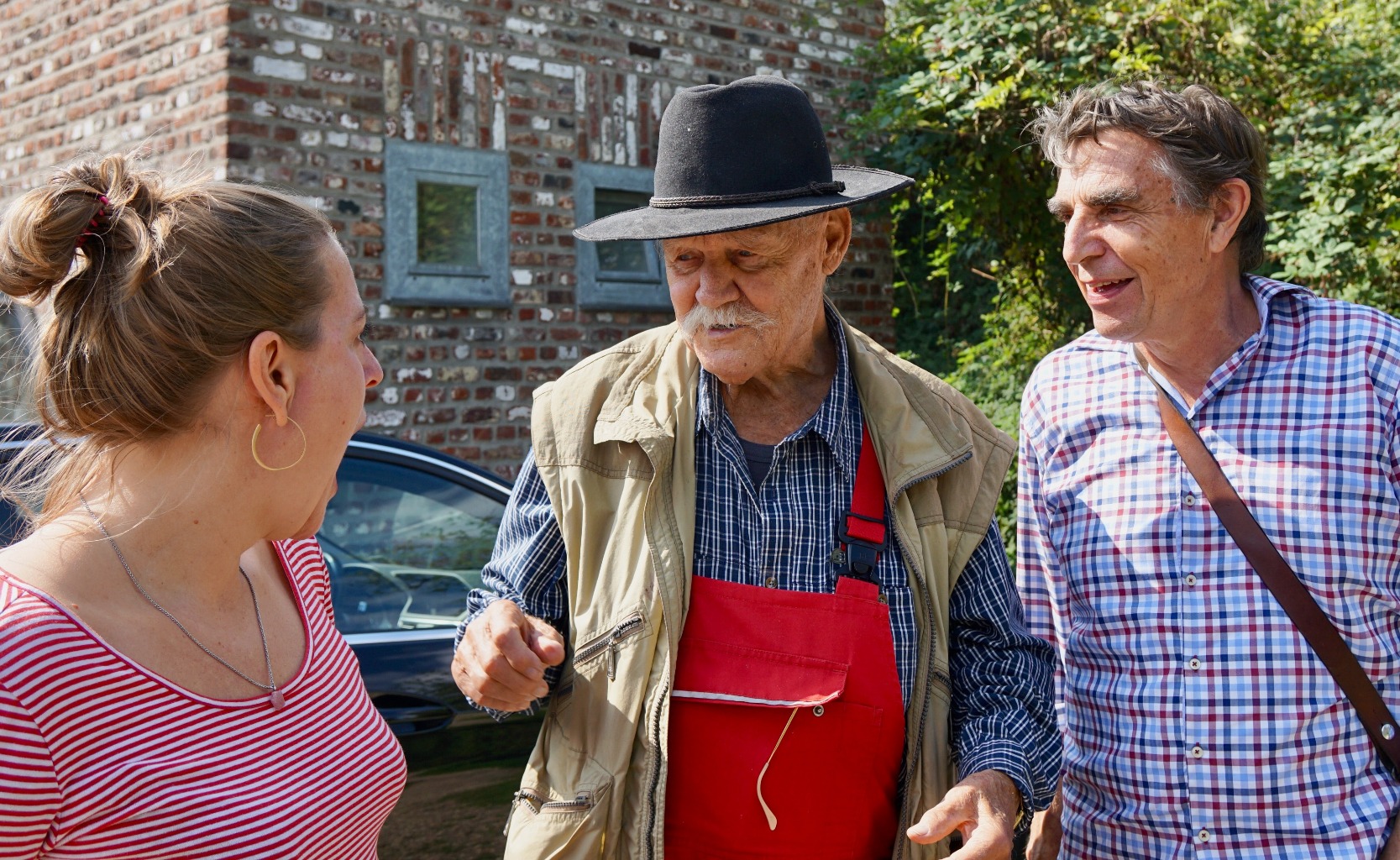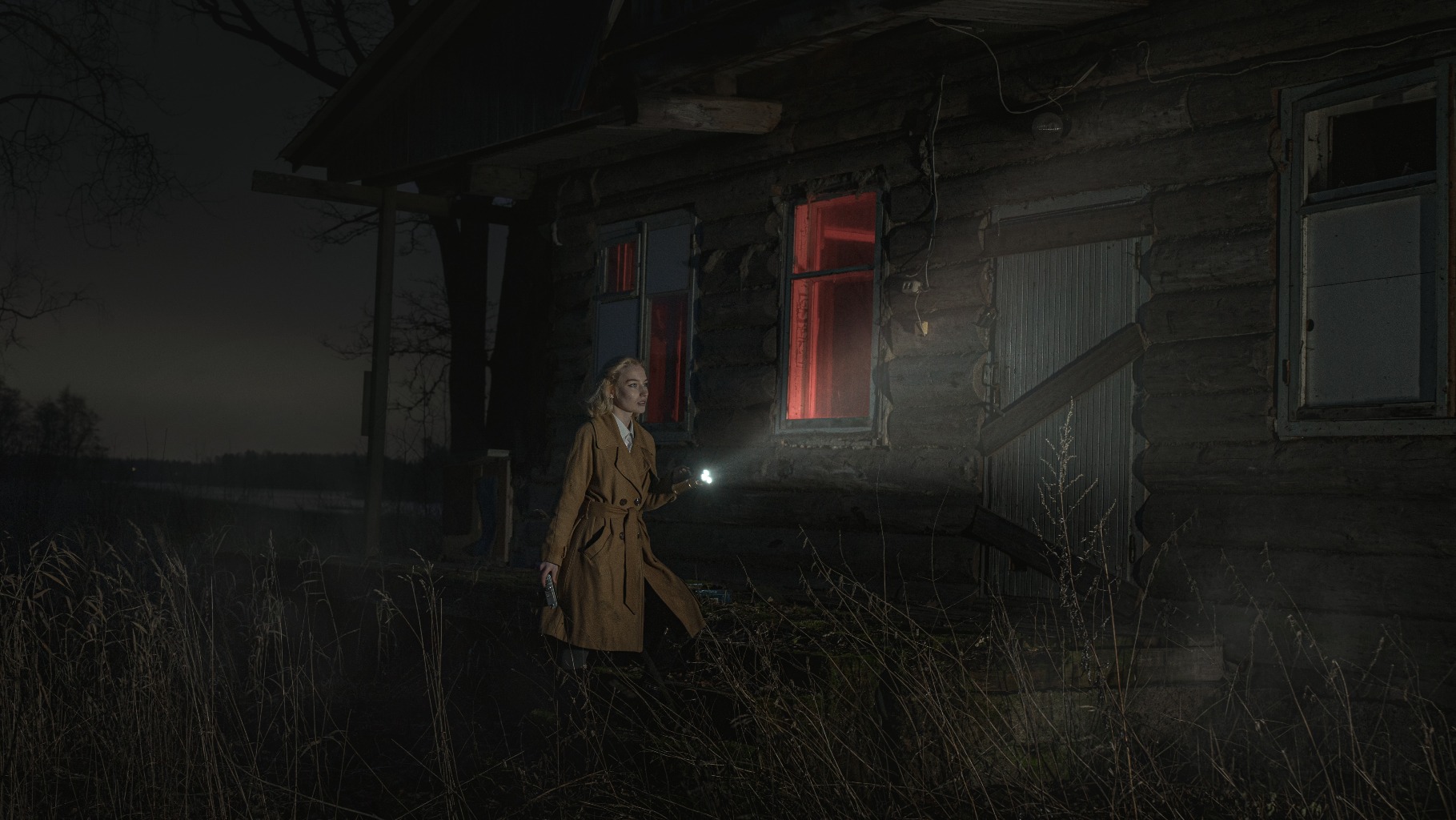Occasionally, we’re given the joy of coming across a story that feels four dimensional.
We’ve been invited to attend a wedding in our boyfriend’s home country of Singapore and we can’t believe how wildly opulent everything is turning out to be. With each silk, gold, or diamond encrusted detail, we’re diving deeper and deeper into a network of family ties and billionaires, until eventually we forget we’re sitting on our couch, reading Crazy Rich Asians.
Author Kevin Kwan wins the day when he writes a fictitious story that feels real. Here are three additional ways you can add depth and believability to your fiction and achieve Kwan’s same results. And if you missed part one, which focused on fantasy, you can find it here.
Imperfect Dialogue
People talk as they think and while they act.
They stutter, pause, use contractions, and speak in fragments. Southerners, Westerners, Northerners, and foreigners all have accents. Children repeat themselves frequently, teens use slang. Professionals in meetings (and people trying to avoid difficult confrontations) pad their speech with metaphors.
How a character says something can convey as much or more than what they say. To strengthen your fiction writing, pay close attention to real-world conversational patterns and tendencies and replicate them in your writing.
Get familiar with dialect. If your hero’s mentor is a farmer from Kentucky, watch a YouTube interview of the State Fair winners in Louisville. Notice where they draw out their words, emphasize sounds, skip over syllables and note their vocabulary.

A second tip: Weave together speech and action. What are your characters doing throughout their conversation? This is an excellent opportunity to replace adverbs with movement and ‘show not tell’ in your fiction writing.
Imagine a young boy comes home from school and while chatting with his mother, he reveals he’s been bullied. At the start of the conversation, she may be doing the dishes, but when it turns serious, she moves to sit with him at the kitchen table. This shows the mother’s compassion and creates a more touching moment (as opposed to writing, “she compassionately responded…”).
With believable, action-filled dialogue, your story will improve. For inspiration on dialogue in fiction, read anything by Khalid Hosseni. Or this article on Fictionate.Me.
Choose Your Second Thought
The door is locked. What does Character A do? Hollywood has spent years preparing us for the answer: Kick! That! Door! Down!
But when you think about it, that’s usually a rather illogical and dramatic response. Why not knock? Or have your character cup their hands around the window and peer inside? Attempt to locate a back door? An open window?

In every chapter, on every page, in every exchange, your characters have myriad choices to make. And oftentimes, the first one we think of as authors isn’t the best. And here’s why: it’s probably your reader’s first thought too and it may be a bit over-dramatic.
To keep your novel lifelike and unpredictable (and your protagonist clever), you’ll want to think through your main character’s every move. You need to be one step ahead in order for your hero to be. Your second thought is likely a more refined and realistic version of your first.
...Now if you do have characters who are a bit dimwitted, overly enthusiastic, or basic—go for the simplest solution at every turn!
Sir Arthur Conan Doyle is a whip smart second (or third) thought writer.
Body Language
Let’s do a little exercise.
You want to describe an exchange between the three passengers sitting in row 27 on a flight. The woman in the aisle seat would like to use the ladies room and needs to uproot her two seatmates. Here are the personality breakdowns:
- The window seat is occupied by a timid elderly woman who hates to be a nuisance.
- Seated in the center seat, we have an ill-tempered executive who ought to be in first class, but to his great frustration has ended up in economy. (In a middle seat, much less!)
- And in the aisle seat sits a very nervous first-time flyer.
Without the use of dialogue, how would you use body language descriptions to convey each passenger’s personality in this scene?

Would the elderly woman fidget her feet, look over a few times, and then look back down before gently tapping her seatmate’s shoulder? Would he fake a friendly smile to her and then roll his eyes as he closed his laptop, removed his headphones, and yanked his briefcase out from under the seat? Would the first-time flyer notice the movement, and timidly fumble with his seatbelt, trying to remember how to unfasten it?
The point is, you can say a lot without your characters saying anything. Buttress your characters’ personas using observant and telling body language.
Here is a detailed list of emotions and the corresponding body language cues.
In Summation
‘Imperfect dialogue’ means that authors imitate the real cadences, settings, and emotions of conversation, as opposed to writing robotic exchanges. ‘Choosing your second thought’ is an excellent practice that keeps your writing from becoming predictable or unrealistic or both. And studying and incorporating body language into your writing will add another dimension to your novel as you convey nuanced feelings between your characters.
Mastering these three tactics will enliven and intensify your writing and pull readers to feel more within the world you’ve created.